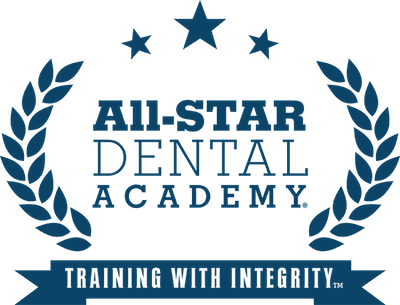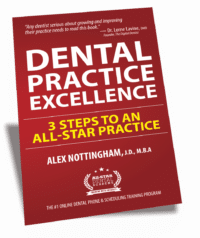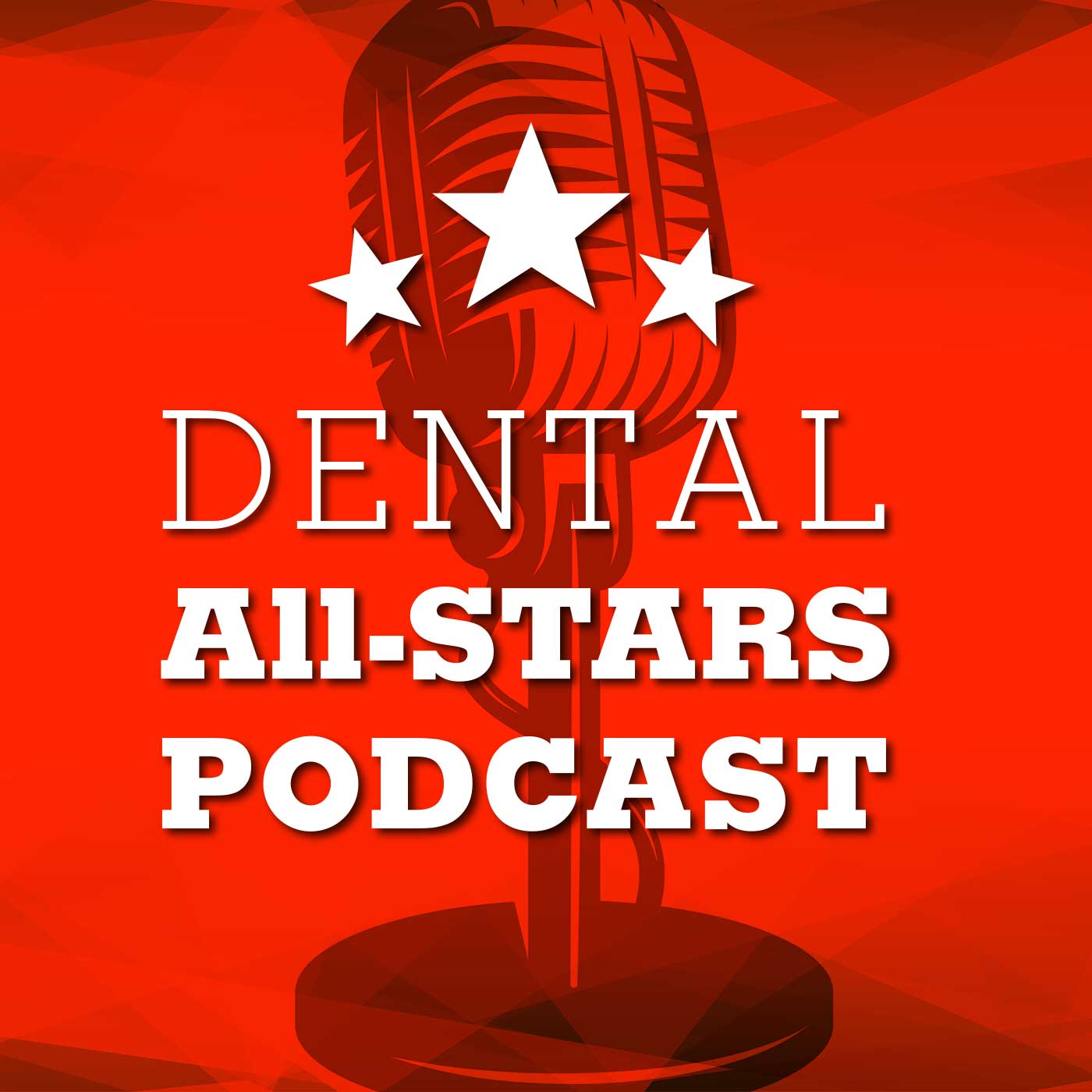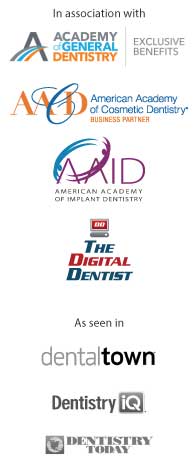As a dental practice owner, time is your most important resource. And the way to extract maximum value out of it is to understand and deploy the basic principles of productive dental scheduling. Bottom line success depends on an acknowledgement that wasted time means lost revenue.
Having a full schedule is indeed a satisfying feeling. That said, your goal should be to work smarter not harder. The idea is to manage your dental appointment schedule in a way that you’re able to predict and act swiftly to minimize the impact of unwanted surprises. A well-managed schedule will keep the pressure off your team while keeping your practice running like an oiled machine thus maximizing value to the patients and the practice revenue.

And if you aren’t adept at productive dental scheduling, everyone will feel the burden:
- You will likely stress out and overwork your team
- Overall productivity will decline, resulting in lost revenue
- An overbooked schedule will add needless wait for the patients – badly affecting your practice’s approval ratings

5 tips for your schedule
Here are some handy dental scheduling tips that will help you make the most of your dental hours:

1. Set revenue goals:
Businesses need sales revenue to function and grow – a dental practice is no different. For profitable dental scheduling, reverse engineer your service production cycle. Start by deciding on a realistic revenue target for the year. Break it down into monthly and weekly chunks. Calculate the available working hours and then move on from there. This will give you a clear goal post and a direction. That said, you need to strike the right balance between simple and complex treatments. This will prevent you from overstressing or underutilizing your team and available resources.
Did you catch our recent blog about how to get your patients to show up for their appointment? Heather Nottingham share her Confirmation Triad™. Click here to read.

2. Consider important factors while scheduling:
There are several core factors that make up a productive dental schedule. They include the availability of time slots, managing broken appointments, procedure ratios, and of course, the available financial and human resources.
Deciding what dental procedure types to perform in a day could be tricky. The key to managing this properly is to schedule your dental hours in blocks. Allocate specific slots for each type of procedure like routine procedures, hi-value procedures such as surgeries, and new patient consultations.
A handy tip is to time each procedure to give yourself an idea of average duration. Complex procedures will obviously take the lion’s share of your time. However, be sure to do justice with other tasks as well. For example, make sure to spend enough time on new patient consultations so you can form a thorough understanding of their dental needs. Moreover, this will allow you to forge a strong relationship with the visitor thus helping you add more business.

3. Minimize broken appointments:
Productive dental scheduling will go a long way in minimizing appointment cancellations. Even avoiding a couple of cancellations a week can add thousands to your practice revenue each month. The most effective way to reduce or eliminate broken appointments is to approach it in two ways. First, make sure to build value of the appointment in the mind of the patient – use some verbiage tactics like emphasizing scarcity, and talking up what makes your dental practice the best choice for the patient. Second, change your mental approach to appointments. Instead of making a tentative appointment with a patient and confirming later, work under the assumption that the appointment is confirmed when it is made. You can always provide a “courtesy reminder” call or text, but make sure the patient understands that their appointment time is just for them and confirmed when made.
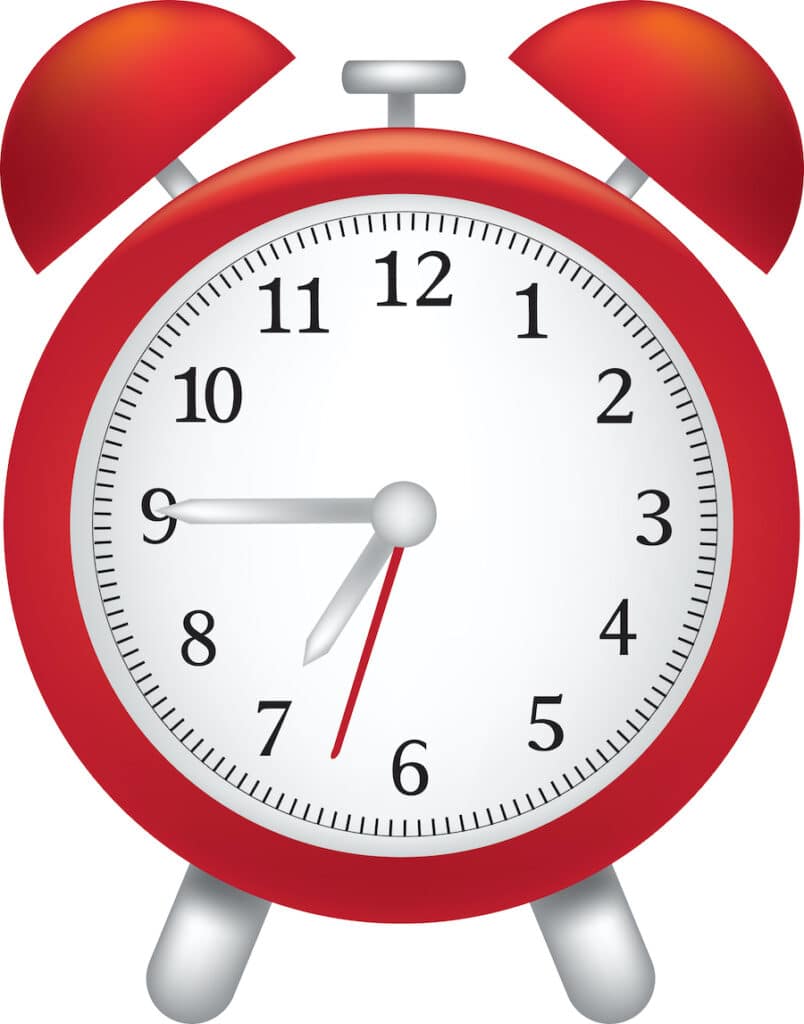
4. Make the most of your team’s time:
Try to schedule the tasks of dental assistants and dentists in a way that they can take care of their tasks at the same time to avoid the unnecessary wait in-between. Another handy tip for best utilization of time is to create the patient appointment schedule in a way that maximizes the doctor’s productivity. Many appointments can overlap when the assistant can perform some part of the treatment or prep for treatment independently (as allowed by professional guidelines). This allows the doctor to juggle two patients at a time.

5. Take advantage of CAREFUL automation for patient recalls:
An easy way to keep your dental schedule full is to have your patients come in for periodic check-ups once they’re done with the current procedure. It can be a bit cumbersome, though, to do it manually. However, setting up a careful, HIPAA-compliant automatic call, text, or email reminders will make the job a lot easier and quicker.
So there you go. Easy-to-apply tips to streamline your dental scheduling to maximize your practice productivity and revenue.
Download our FREE eBook – Dental Practice Excellence – 3 Steps to an All-Star Practice. We explore how minor changes in your approach to training on phone skills and scheduling, and the positive impact training has on your employees will help you take your practice productivity to pre-pandemic levels.
